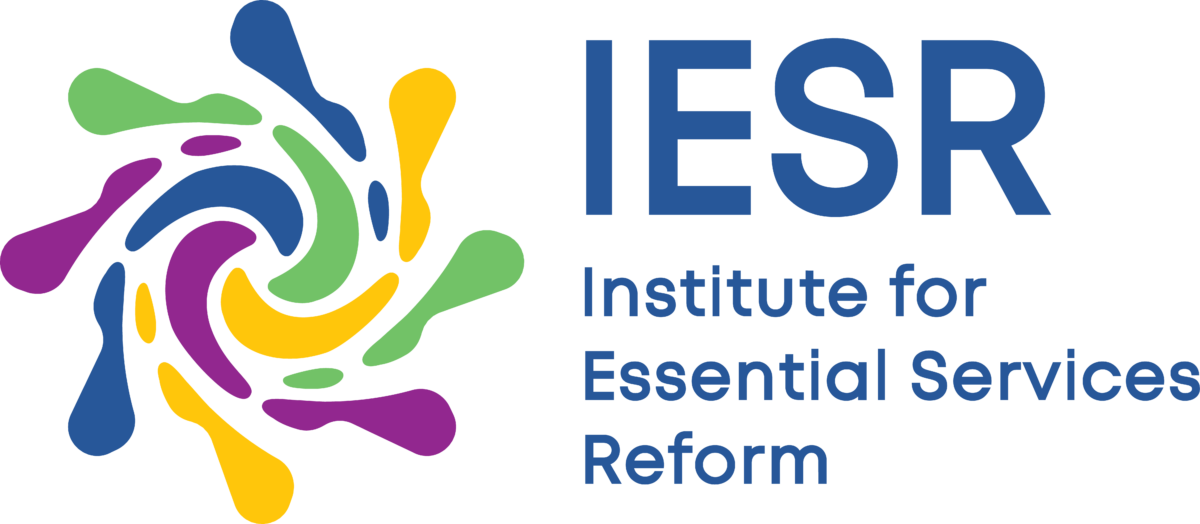Jakarta, August 20, 2025 – The industrial sector is a main pillar of the national economy in 2025, with the processing industry’s contribution to the Gross Domestic Product (GDP), reaching 16.92%. The growth of the manufacturing sector increased by 5.60% year-on-year, surpassing the national economic growth rate of 5.12%. Throughout the first semester of 2025, manufacturing exports reached US$107.6 billion, equivalent to 83% of total national exports. Employment absorption in the non-oil and gas processing industry sector also exceeded 19 million people. However, these achievements are not without major challenges, namely geopolitical and geoeconomic pressures, demands for emission reduction, clean energy transition, and the need to maintain industrial competitiveness in the era of the green economy. This was conveyed by the Minister of Industry, Agus Gumiwang, on the first day of The 2nd AIGIS 2025 event on Wednesday (June 20, 2025), which was supported by the British Embassy Jakarta and Institute for Essential Services Reform (IESR) through Green Energy Transition Indonesia (GETI) project.
“Transforming toward a green industry must not be seen as a burden, but rather as an investment. Therefore, the state must be present to support the transformation of the green industry. Through the 2nd AIGIS 2025, we are jointly realizing Asta Cita, as established by the President of the Republic of Indonesia, Prabowo Subianto, which includes green and blue economic independence, the creation of green jobs, value-added industrialization, and harmony with the environment and nature,” emphasized Agus
Agus emphasized that there are four main driving factors for industry to transform. First, the global market is becoming increasingly selective. Consumers now seek environmentally friendly products, transparency in carbon footprint, and sustainability. Second, there is growth in green financing, marked by financial institutions increasingly focusing on supporting environmentally friendly projects with Environmental Social Governance (ESG) standards. Third, the Government has prepared fiscal incentives, efficiency regulations, and even a roadmap for industrial decarbonization. Fourth, Europe has already implemented the Carbon Border Adjustment Mechanism (CBAM), so high-carbon products may be subject to additional taxes.
“The biggest challenge for the industry to transform is high costs and limited funding. Therefore, we are introducing GISCO (Green Industry Service Company), an integrated service platform to accelerate the adoption of green industry practices. GISCO includes technical assistance, emission footprint calculation, transition planning, implementation of low-carbon technology, and facilitation of green financing. GISCO is positioned as a bridge between industry, finance, and technology, and has received support from the World Bank through blended finance and grants. This program has also been included in Bappenas’ Blue Book,” said Agus.
Meanwhile, Ivana Dimitrova, Southeast Asia Energy and Industrial Decarbonisation Lead at the UK Foreign, Commonwealth and Development Office (FCDO), shared the UK experiences about the importance of the state’s role in encouraging the transition toward net zero emissions. In the United Kingdom, the Emissions Trading Scheme (ETS) has been in effect for around 20 years. Initially, the UK was part of the European Union Emissions Trading Scheme (EU ETS) since 2005. However, after Brexit, the UK exited and launched the United Kingdom Emissions Trading System (UK ETS) in 2021. As a result, the UK successfully reduced emissions by 54% and increased economic growth by up to 80% compared to the year 1990. The UK ETS is now used as the main instrument in efforts to achieve net-zero by 2050.
“The ETS instrument uses a cap-and-trade scheme. We set a total annual emissions cap for several sectors including electricity, industry, and aviation, and this cap will decrease each year toward net-zero. With this instrument, every company is required to have a greenhouse gas (GHG) emission permit in order to operate and emit. This permit determines the maximum (cap) emissions that a company is allowed to release. After that, the company must submit emission allowances equal to the actual emissions they produce each year. This mechanism provides incentives to reduce carbon emissions while ensuring the national economy continues to grow,” Ivana emphasized on the second day of The 2nd AIGIS, Thursday (August 21).
According to Ivana, this scheme aggressively tightens quotas by setting the emissions budget in 2021 for the electricity, industry, and aviation sectors at around 156 MtCO₂, and narrowing it by approximately 44% in 2025, with an estimated reduction to around 50 MtCO₂ by 2030. The carbon price, which was initially around £5/tCO₂, has now risen significantly, sending a strong signal that investment in emission reduction efforts is increasingly worthwhile given the high carbon price, and effectively encouraging industries to change their behavior in managing emissions. “The cap-and-trade system is becoming increasingly effective because we give businesses the flexibility to trade emission allocations. Based on our experience implementing this scheme, its design and structure should be evaluated every 10 years to provide certainty and predictability for business actors, while also ensuring a clear long-term policy direction,” said Ivana.
Green industrial transformation, processing industry, carbon market opportunities, economic growth, industrial decarbonization, GISCO, Green Industry Service Company, Carbon Border Adjustment Mechanism (CBAM), Emissions Trading Scheme (ETS), green jobs, ESG, Agus Gumiwang, Ivana Dimitrova, Asta Cita Prabowo Subianto.

